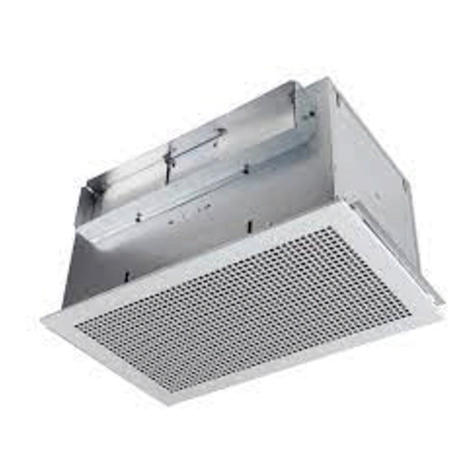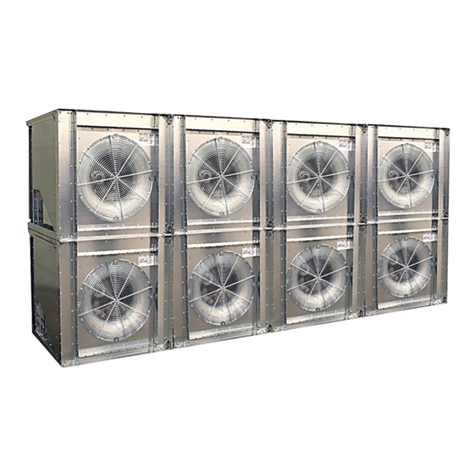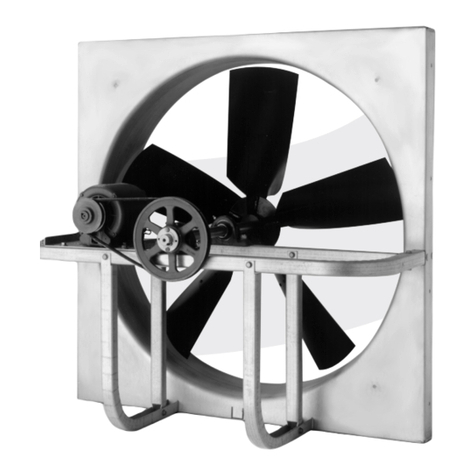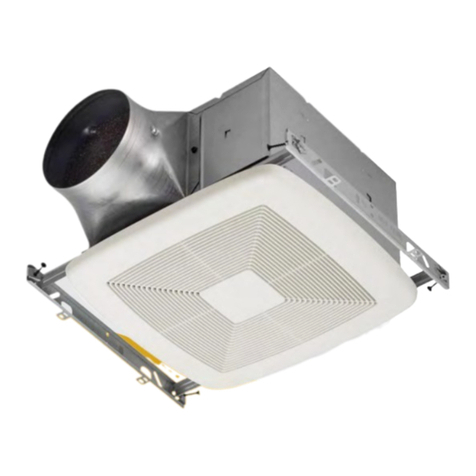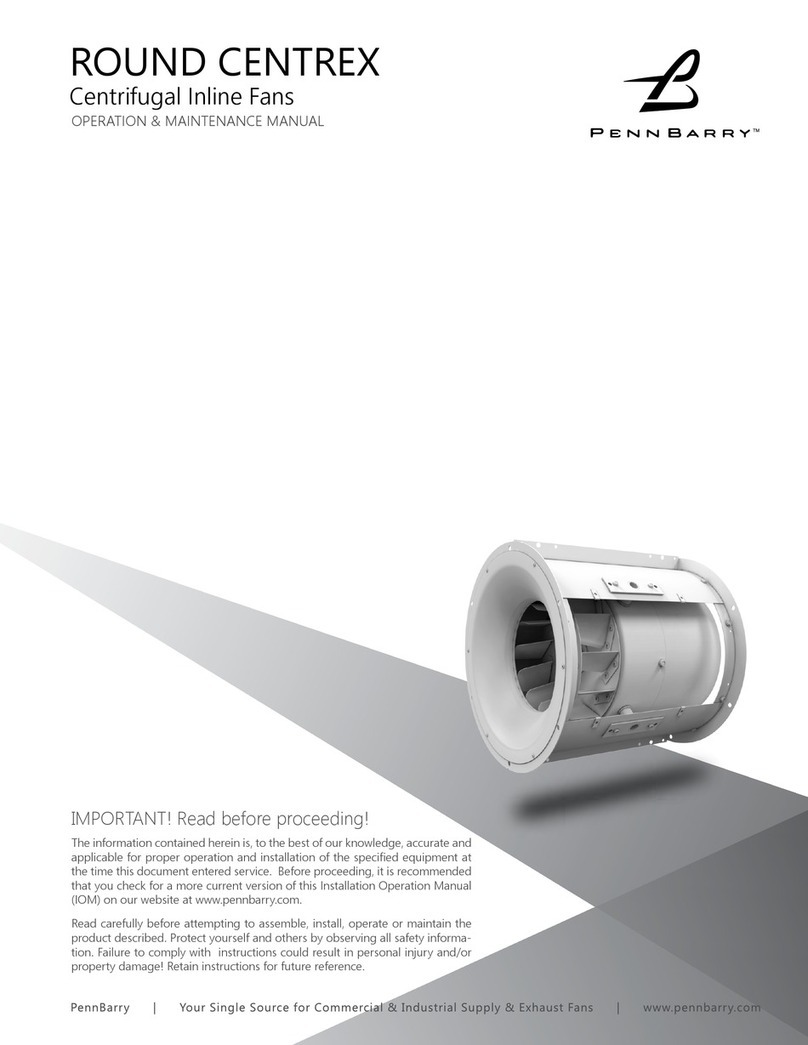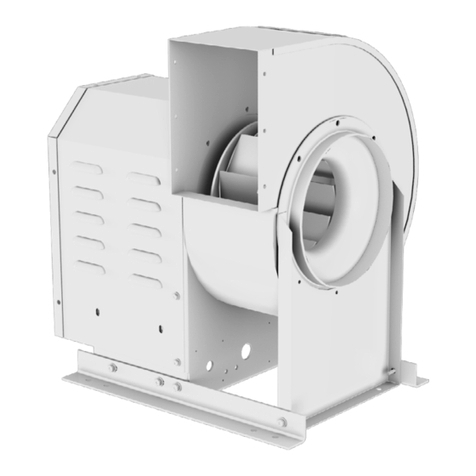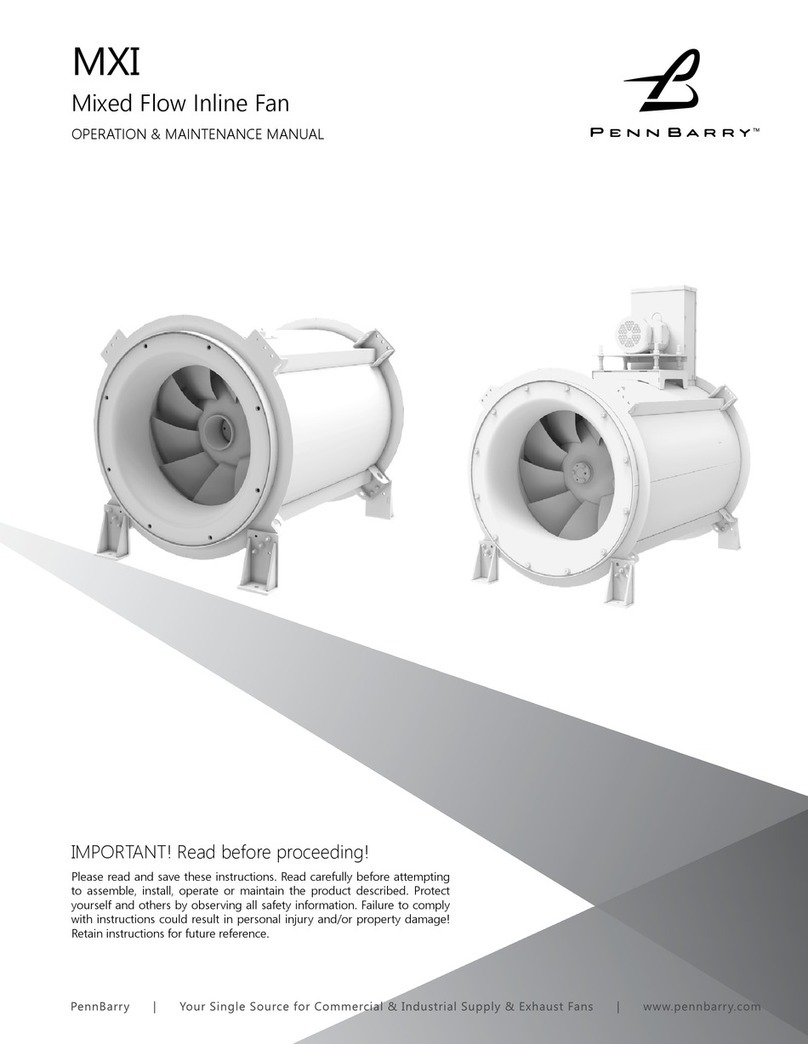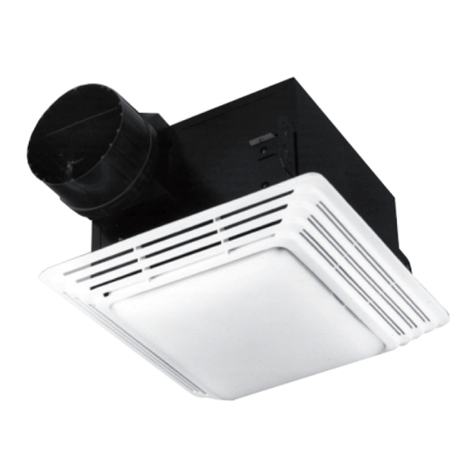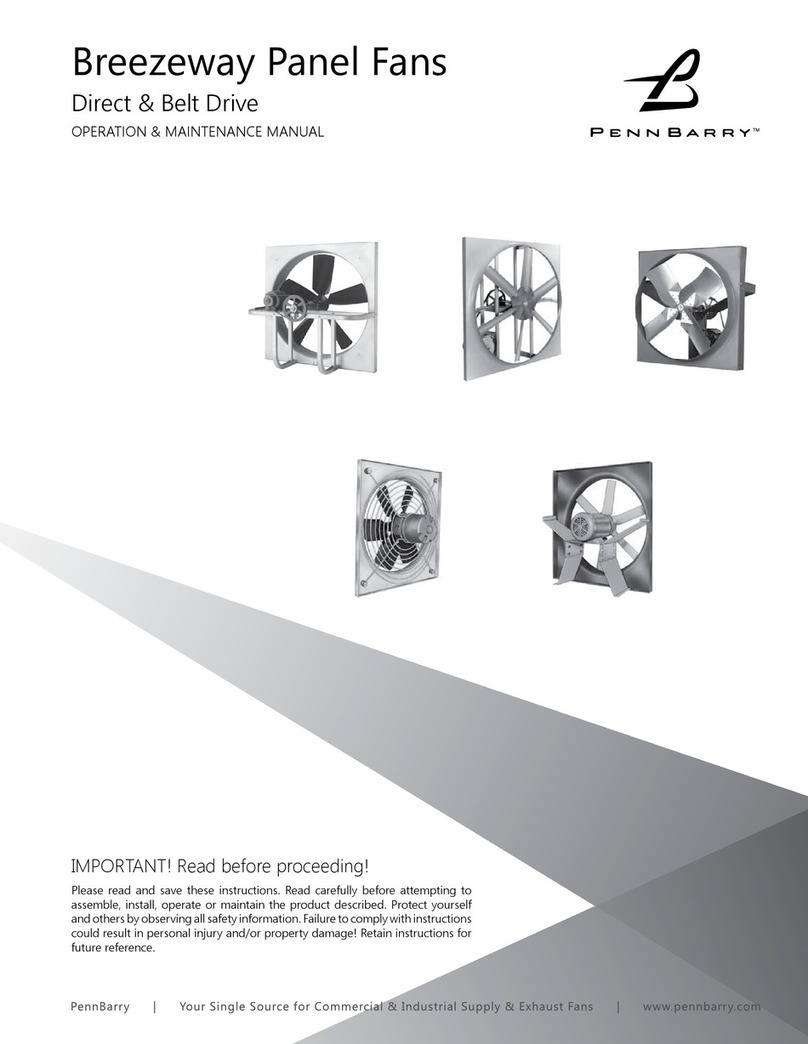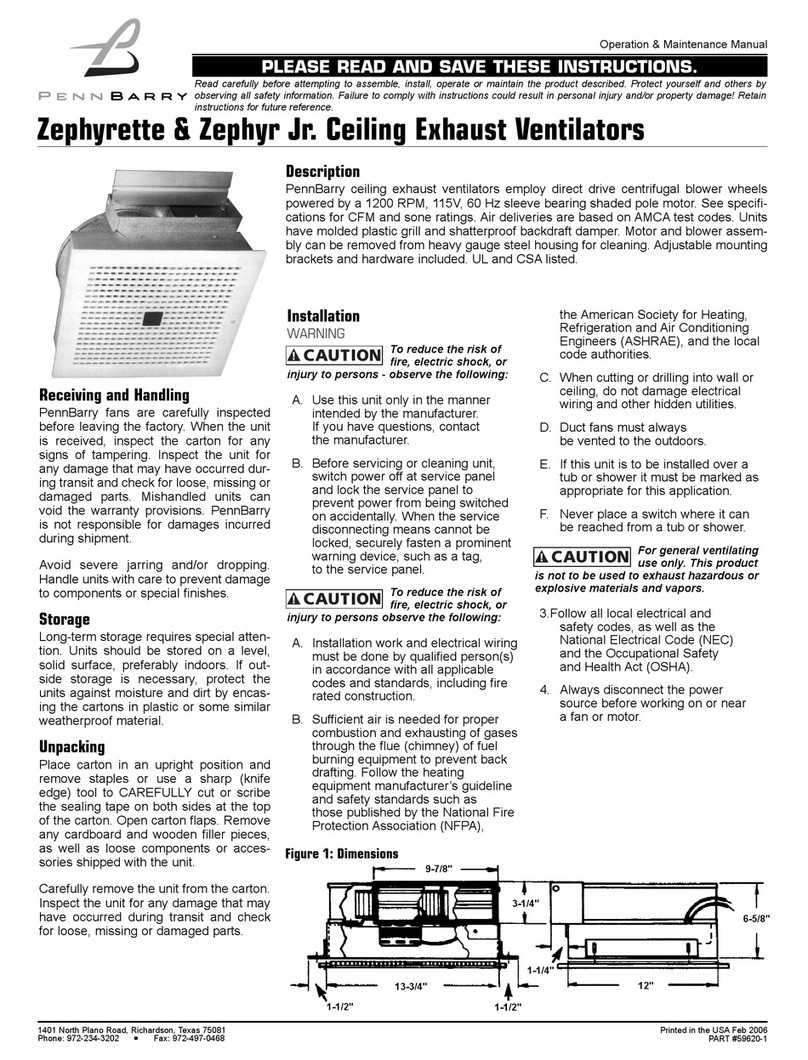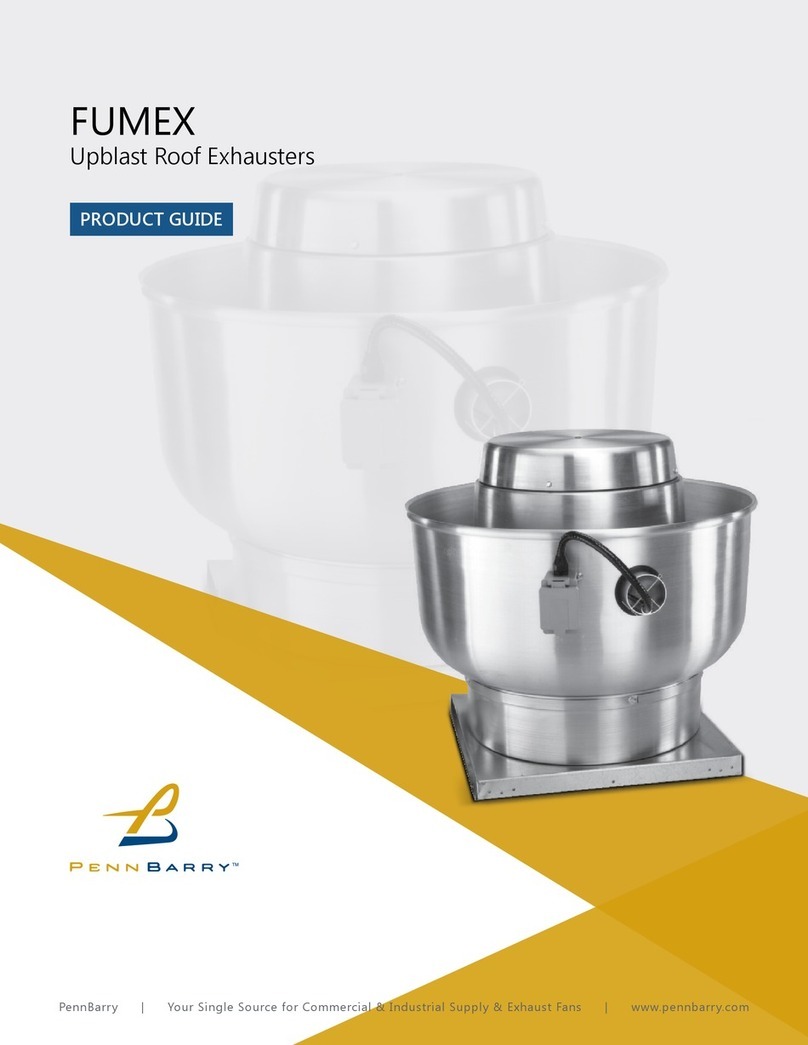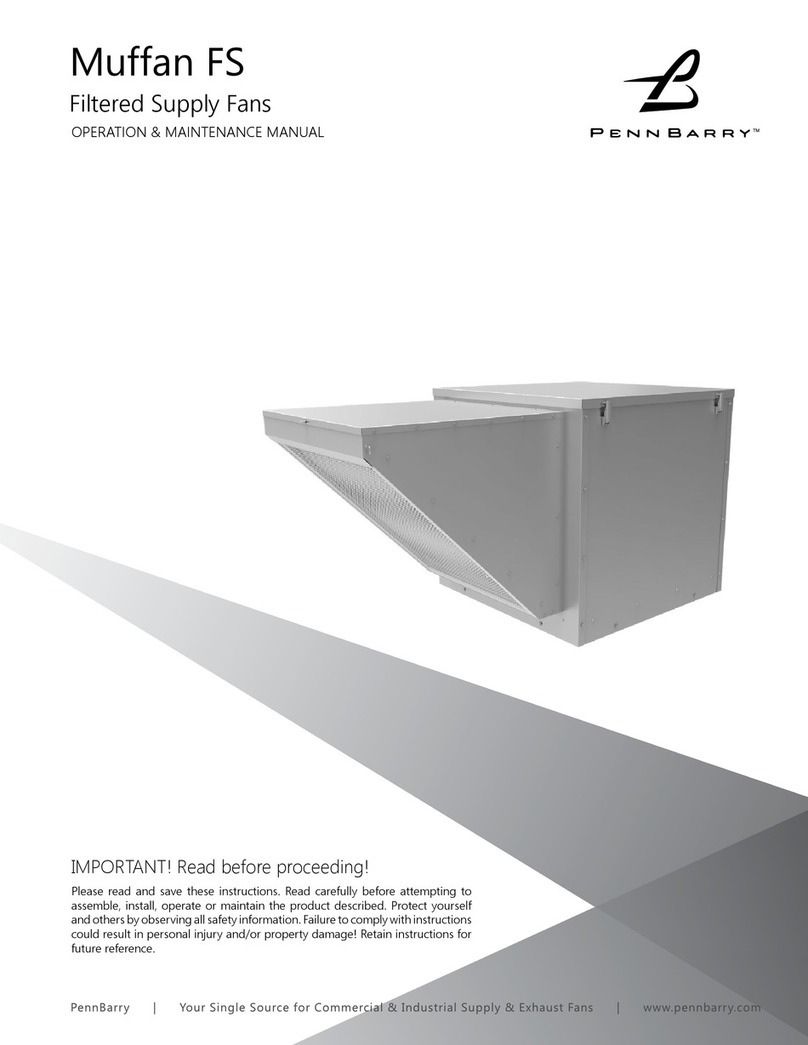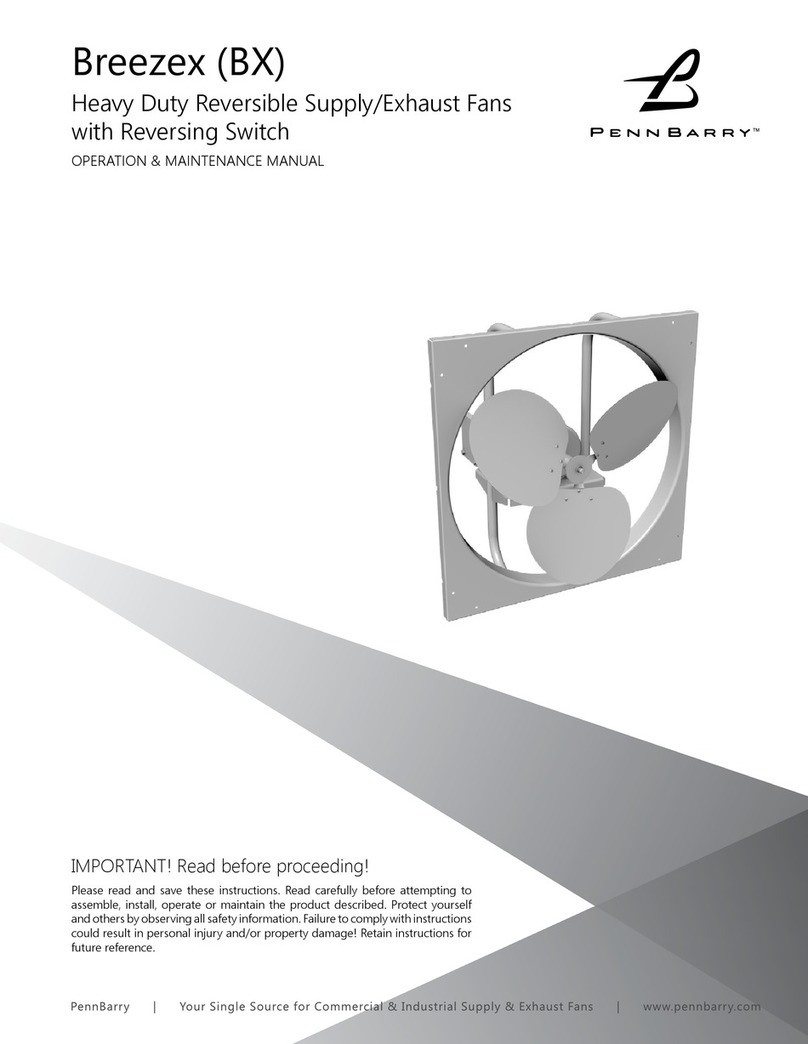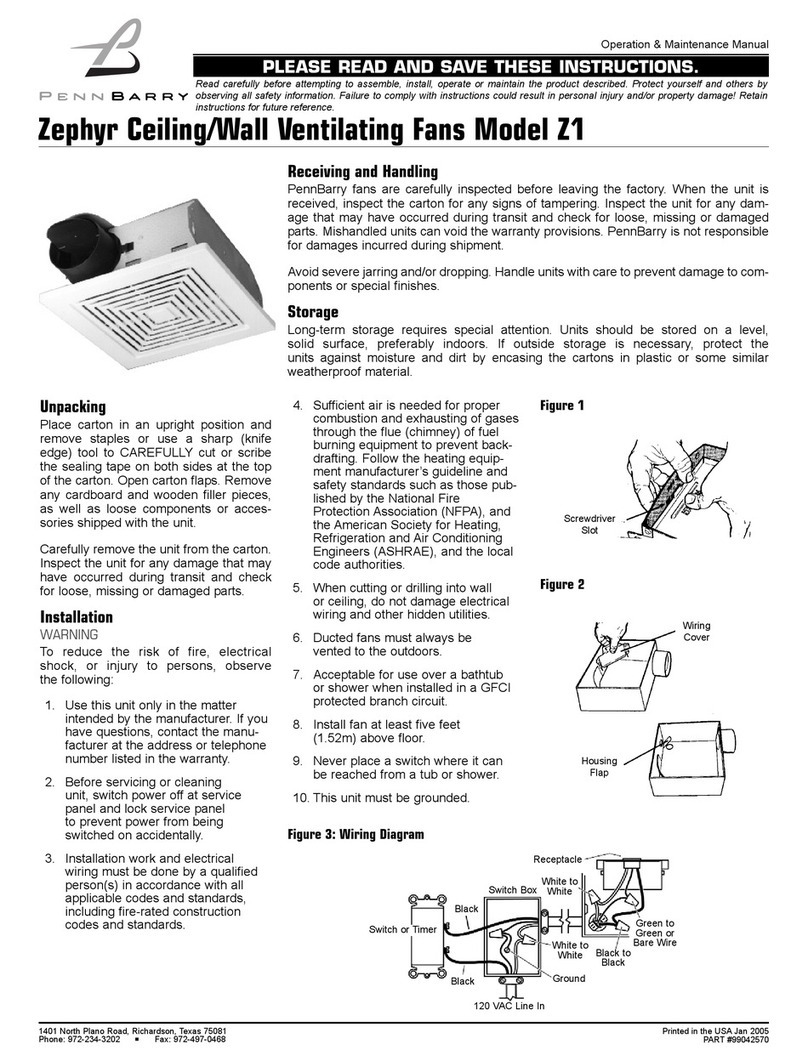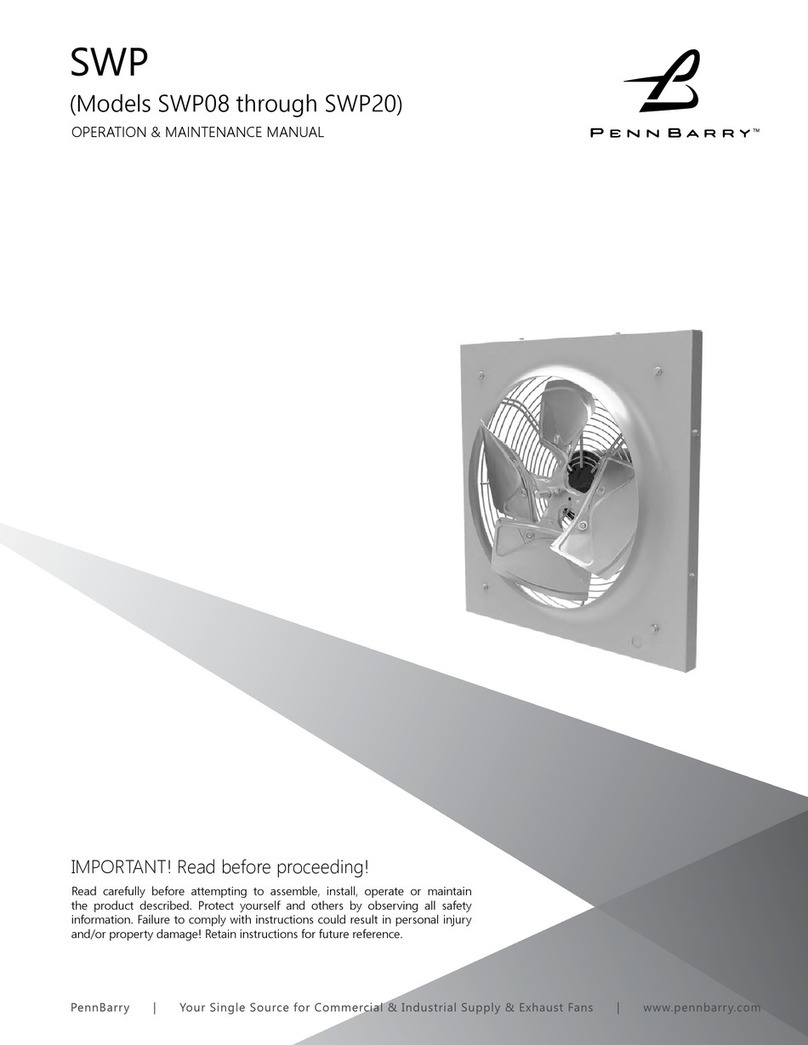
8www.PennBarry.com
Notes:
Care should be taken to follow all local electrical, safety and building codes. Provisions of the National Electric Code (NEC), as wells as the
Occupational Safety and Health Act (OSHA) should be followed.
PARTS REPLACEMENT AND
TROUBLESHOOTING CHECKLIST
Parts Replacement
If replacing parts, do so with properly selected components which duplicate the original parts correctly. Incorrectly sized shafts,
belts, pulleys, centrifugal wheels, etc. can damage the fan.
Troubleshooting Checklist
All motors are checked prior to shipment. If motor defects should develop, prompt service can be obtained from the nearest
authorized service station of the motor manufacturer while under warranty. Exchange, repair or replacement will be provided on a
no charge basis if the motor is defective within the warranty period. The PennBarry representative in your area will provide a name
and address of an authorized service station if requested.
Warning: Motor guarantee is void unless overload protection is provided in motor wiring circuit.
Symptom Possible Cause(s) Corrective Action
Excessive Noise
1. Defective or loose motor bearings.
2. Ventilator base not securely anchored.
3. Loose or unbalanced wheel/propeller.
4. Misaligned pulleys or shaft.
5. Loose or damaged wheel/propeller.
6. Wheel running in wrong direction.
1. Replace motor with same frame size, RPM, HP.
2. Reset properly.
3. Tighten screws, remove build-up, balance wheel/propeller.
4. Correct alignment.
5. Replace wheel/propeller.
6. Reverse direction.
Fan Inoperative
1. Blown fuse or open circuit breaker.
2. Loose or disconnected wiring.
3. Defective motor.
4. Broken belts.
1. Replace fuses or circuit breaker.
2. Shut o power and check wiring for proper connections.
3. Repair or replace motor.
4. Replace belts.
Insucient Airow
1. Open access doors or loose sections of ducts.
2. Clogged lters.
3. Operation in wrong direction.
4. Insucient make-up air direction.
1. Check for leakage.
2. Clean or replace lters.
3. Correct rotation of wheel.
4. Add make-up fan or louver opening.
Motor Overheating
1. Belt slippage.
2. Overvoltage or under voltage.
3. Operation in wrong direction.
4. Fan speed too high.
5. Incorrect motor (service factor 1.0, low ambient
temperature).
6. Blocked cooling tube or leaky gasket.
7. Undersized motor.
1. Adjust tension or replace bad belts.
2. Contact power supply company.
3. Reverse direction of motor.
4. Slow down fan by opening variable pitch pulley on motor
shaft.
5. Replace motor with correct open, NEMA service factors (1.15
or higher) with 40 degrees ambient.
6. Remove blockage and seal cooling tube in place.
7. Check motor ratings with catalog speed and air capacity chart.

